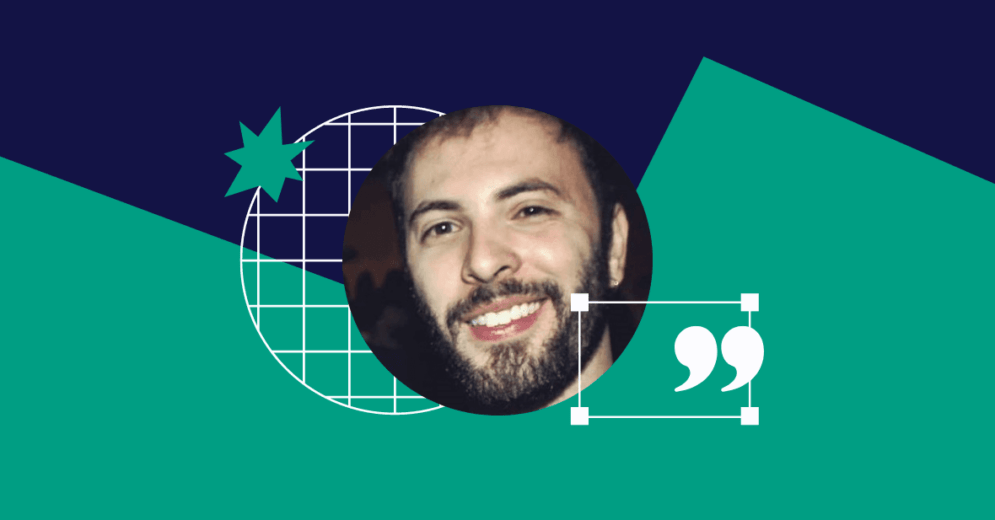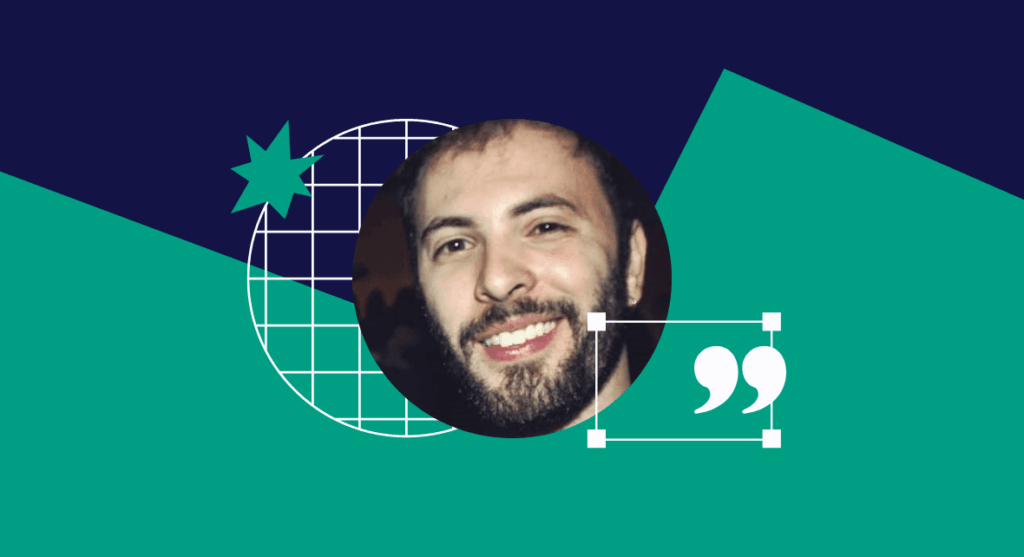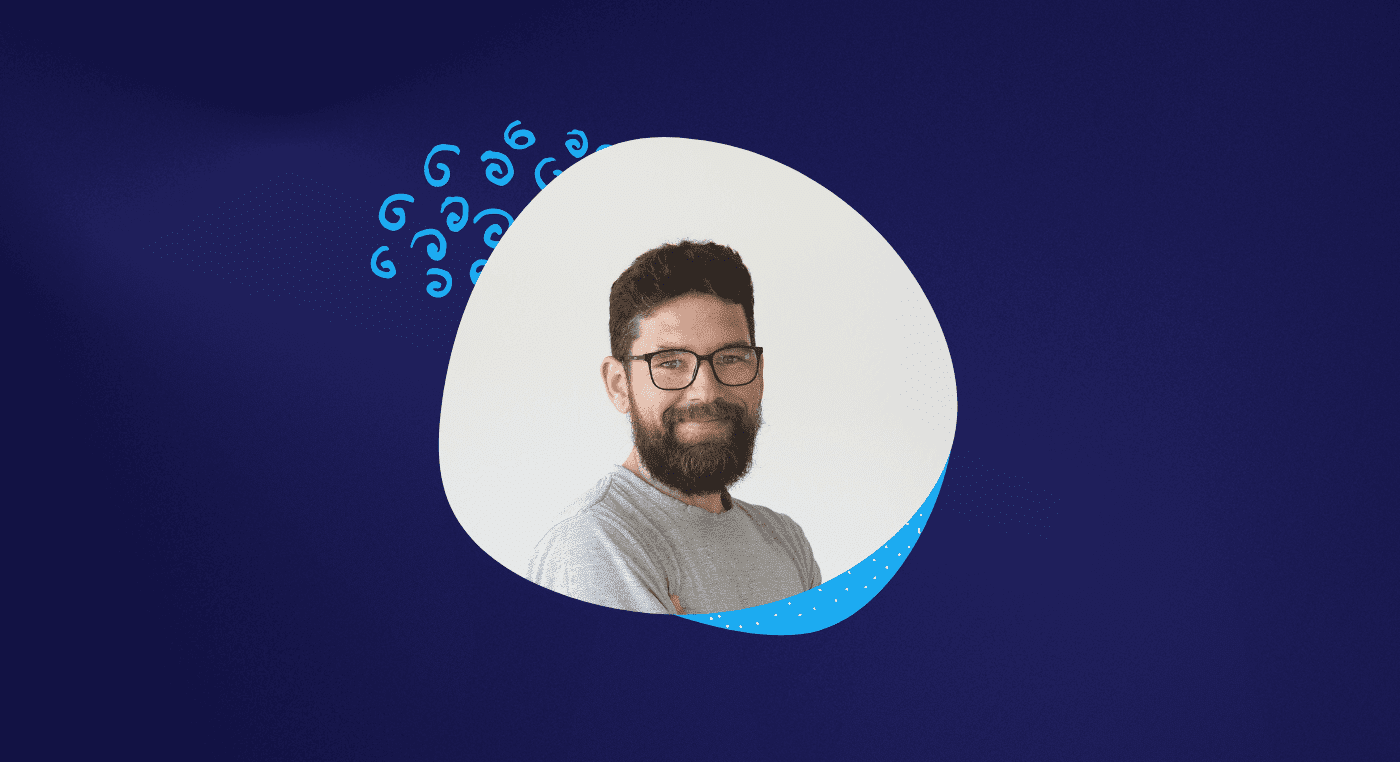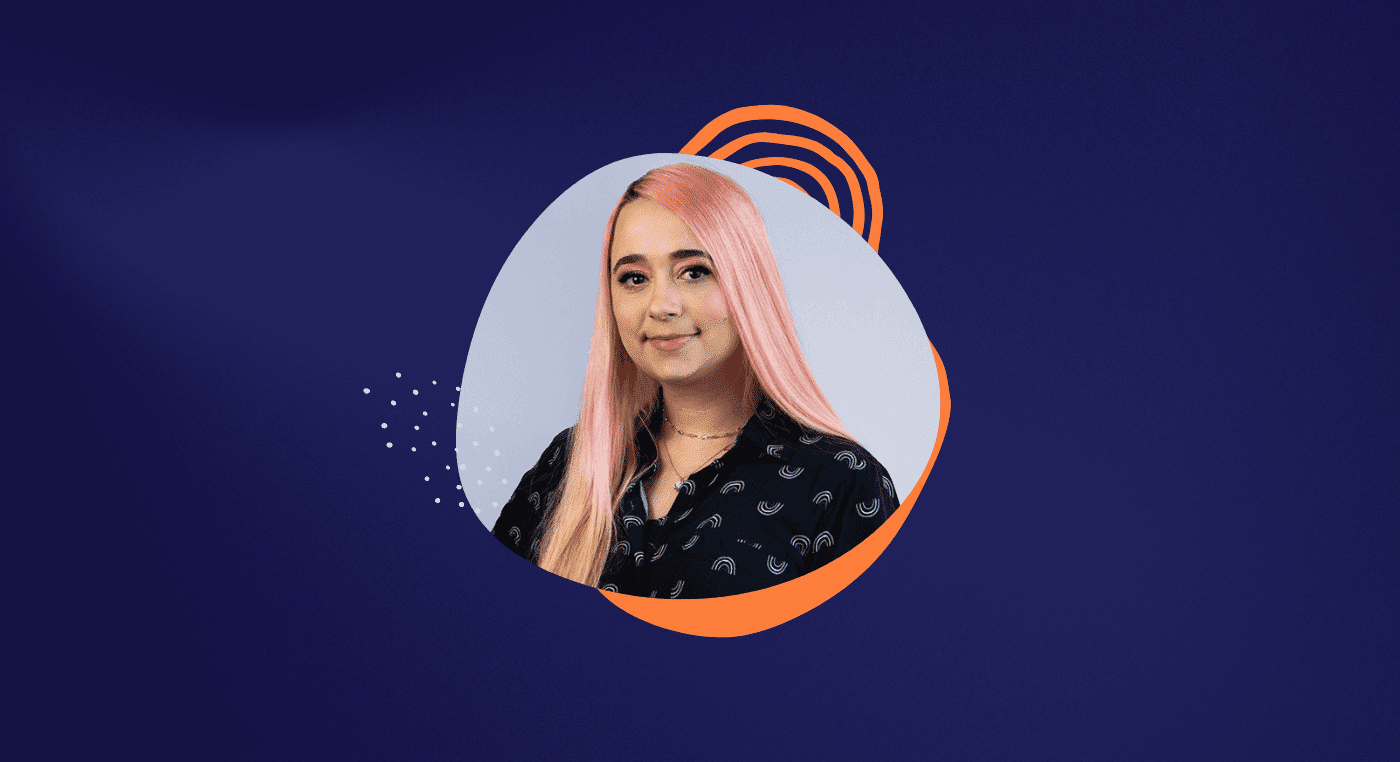Murilo Boteon is a student of the Master Interface Design Bootcamp and successfully transitioned into UX Design, coming from a background in IT.
Developing a routine and consistency in his studies were crucial for Murilo to achieve his goals.
He shares with us how he decided to wake up at 4 a.m. to study! Also, you can check out some valuable tips on how to build a portfolio and how the justifications and arguments behind your UX projects can help you secure opportunities in top companies.
Murilo, please tell us about yourself.
Firstly, I would like to express my gratitude for the opportunity to be here. I watch almost every interview that is aired, and I find this way of sharing knowledge and experience really amazing.
My name is Murilo, and I worked in IT for 10 years as a business analyst and systems analyst.
In the middle of 2019, I decided to transition into UX, and I started taking the Master Interface Design program until I finally landed my first opportunity in the field in 2021.
Reading tip: Do I Need a Design Background to Switch to UX?
Why did you decide to transition to UX?
I worked in IT for a few years, but there came a point where I wasn't feeling very satisfied with my job. I felt like I wasn't learning as much as I used to, and I started to crave a change in my career path. However, I had no idea what to do or which direction to take, and I spent a long time grappling with this question.
So, I began taking courses in various fields, both within and outside of IT, but it wasn't yielding the results I hoped for. In early 2019, I decided that I needed to take action to redirect my career, and I ended up engaging in a coaching process to gain clarity on my ideas.
During one of the coaching sessions, the task was to list some professions that aligned with my characteristics and goals. I remembered hearing about UX from somewhere, and that sparked my curiosity. I started researching more about the field and ended up really liking what I discovered.
From that point on, I decided to give UX a chance as a new career path. That's when I came across Aela and the Master Interface Design (MID) program. Subsequently, I reached out to some students of the program on LinkedIn to gather feedback and opinions, and everyone highly recommended it!
That's how I enrolled and became a student of MID and Aela.

What sparked your interest in UX Design?
Partly, it was the creative aspect that caught my attention. I found it fascinating from that perspective. However, the biggest interest stemmed from realizing that there was room for newcomers in the field.
When I researched UX back in 2019, many articles and resources mentioned that the field in Brazil was still in its early stages and that it was a good time to enter because the market was on the rise. The outlook was that the field would experience significant growth over time.
You started the MID program in mid-2019. How did the pandemic affect your plans?
I joined the September 2019 cohort of MID, so just a few months later, the pandemic hit. To be honest, the pandemic didn't have a negative impact on my studies.
I had never been consistent with studying every day before. In the beginning of the program, I completed two projects – the Level Zero and Level 1 projects – but I hadn't established a study routine.
Some weeks, I would only study for a day, while other weeks, I managed to study for two days. I would study whenever I had free time, so if a week was too hectic, I simply didn't study.
Because of this approach, even though I managed to submit two projects for the course, I had a feeling that I could have done much better if I had put in more effort and dedication.
To try and change this, I started experimenting with different study schedules. I wanted to identify the best time of day for me to study, whether it was in the morning or at night. It was crucial for me to do this because if I continued with that slow and inconsistent pace, I wouldn't be able to transition into UX.
I realized that the best thing for me was to make studying the first commitment of my day. At that time, I started work at 7 a.m. in another city, so I already had to wake up early. Therefore, I began waking up even earlier at 4 a.m.
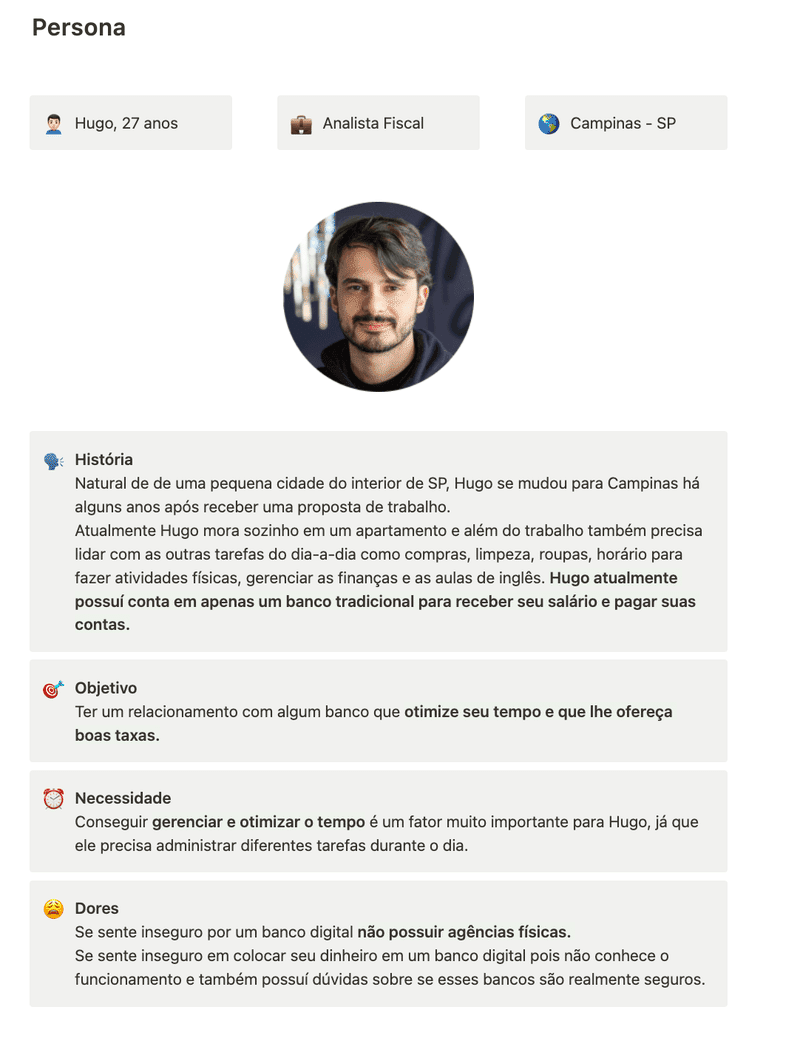
Setting up a routine
The first time I woke up at that time, I felt like a zombie and couldn't do anything I had planned!
But soon after, the pandemic exploded, and with it, all personal commitments vanished – weekend outings, meetups with friends, and so on.
Work continued in person, but everything else either ceased to exist or became remote. Being at home for longer periods allowed me to adjust my routine to sleep earlier and wake up earlier for study, but it was a gradual process.
In the beginning, waking up at 4 a.m., I aimed to study for 20 to 30 minutes. I was able to maintain that routine for two weeks.
Then, I increased the study time to 1 hour per day. After another two weeks, I extended it to 1.5 hours, which was the maximum time I had before heading to work.
I managed to maintain that pace for several months, and it gradually became a habit. Eventually, I could study for 3 or 4 hours straight on weekends. I even maintained this routine during vacations, waking up at 4 a.m. and studying for the entire day, 8 hours.
It was a great evolution! I experimented, adapted my routine, and started gradually, increasing the study time as I progressed.
Many people want to transition into UX within 2 or 3 months. What are your thoughts on this sense of urgency?
I think it's quite normal to feel that way. When I decided to transition into UX, I had no idea how much I would have to study for it to happen.
I didn't realize the depth of knowledge I would need to acquire through the MID program. In my mind, I thought I would take a course and then, after a while, start looking for job opportunities, and everything would fall into place.
However, when I started working on the first project of the MID program, I had to make several adjustments before it was approved.
That's when I realized that transitioning into UX wouldn't be as easy as I had imagined. I think the anxiety to transition quickly is present at the beginning when we don't fully understand the intricacies of the field.
As you start studying and understanding what is truly required to transition, you realize that it will require a great deal of dedication.
And that's exactly what I did. I developed two fantastic projects that I dedicated a lot of time and effort to, and I proudly included them in my portfolio. I am thrilled to explain them to recruiters!

And how was it talking to recruiters?
It was a different experience because it had been a long time since I had participated in interviews. I hired an HR consultancy to understand the common questions asked in job interviews and to practice answering them more naturally.
Of course, initially, I was a bit nervous, but as time passed, I got used to it. During the interview for the position I am currently in, I presented my portfolio and had to explain the projects I had worked on.
Since I had included only projects I was proud of, it was easy to explain the details. The questions asked were relevant and focused on understanding my decisions and why I made them. It was a great process to explain the projects in detail. Another helpful practice I adopted was creating a list of companies I would like to work for. When starting a project, I would consider if it was possible to relate that project to any of the companies on my list.
For example, I created a dashboard project for iFood as a personal study. I had connections on LinkedIn who worked at the company, so my idea was to showcase the project to them later.
This way, even though it was a study project, I imagined myself in a real scenario where I presented the case to people within the company.
From that perspective, I thought about the different people who might look at my project. Would a business person understand it? Would a design person understand it? I had that concern and, in a way, it put pressure on me to constantly improve the quality of my projects.
Reading tip: Dashboard: How to Create Efficient Data Visualization Design
Building a portfolio is one of the greatest concerns when switching to UX Design. How did you build yours?
The process of building my portfolio was really exciting. I decided to treat it as a project, just like the projects we do in the MID program.
So, I applied the methodologies we learned in the MID program to craft my portfolio, turning it into my own product. I meticulously went through the entire discovery phase, conducting benchmarking exercises, analyzing various portfolios, and studying their writing styles. Additionally, I extensively researched hosting platforms and other related aspects. This comprehensive process took approximately two months to complete.
I also considered the personas. Who are the people who will be viewing my portfolio? Is it a recruiter or a design lead? With that in mind, I wrote and structured my portfolio in a way that would cater to both personas.
Once I had a first version, I sent it to some senior professionals to evaluate and provide feedback. From their input, I had several areas of improvement to adjust until I reached the ideal model.
So, the entire process of constructing my portfolio was like being in a UX Design project. I treated it as my product, with users in mind, and thought about the best way to present my content to them..
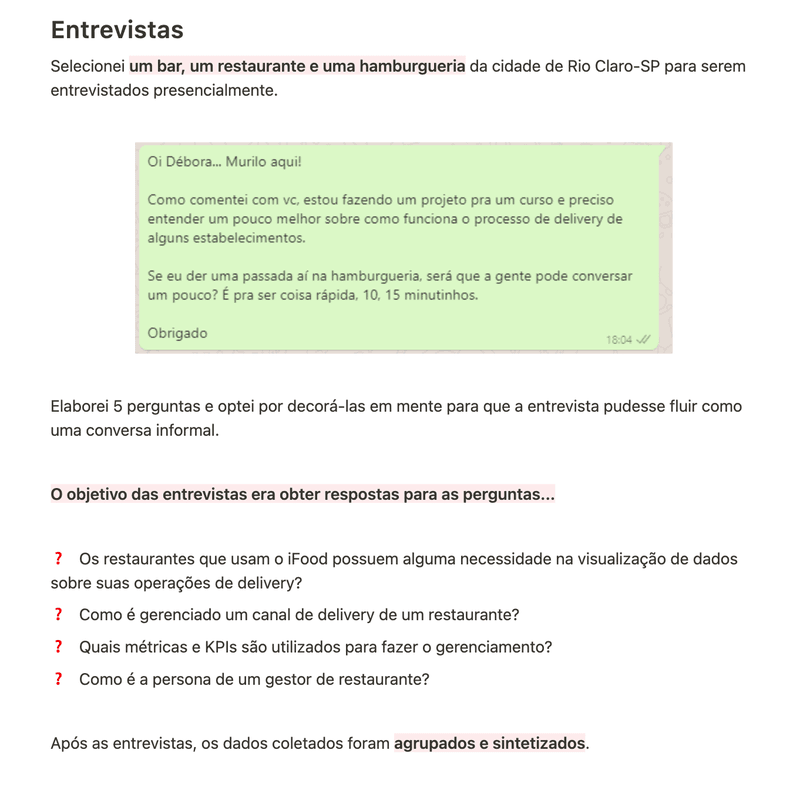
How many projects did you include in your portfolio?
When I started participating in job interviews, I had around 4 or 5 completed projects. However, I chose to showcase the 2 projects that I liked the most and felt proud of. So, despite having more projects, I included only 2 in my portfolio.
Did anyone question the number of projects? Did they think it should have been more?
No, nobody questioned me about that. The questions related to my portfolio were more focused on the decisions I made and the reasons behind those decisions.
Reading tip: UX Design Portfolio: 6 Essential Tips for Building Yours
How did you land your first UX role?
Most of the positions I applied for were through LinkedIn, including the one I eventually secured.
I applied, got called in for interviews with the HR team, and then moved on to the more technical interviews, where we discussed my portfolio and other relevant topics.
LinkedIn is my primary platform for observing the market, exploring and analyzing job opportunities. I read a lot of information and content from LinkedIn.
It's common for people to apply for jobs and get rejected. Do you have any tips on how to deal with this frustration?
The feeling of frustration is definitely common, but I think we should try to see each "no" as an opportunity for improvement. I remember starting to apply for jobs even without having a portfolio, and naturally, I didn't receive any responses from recruiters.
With that experience, I realized I needed to enhance my materials, such as having a portfolio, a well-crafted CV, and so on. So, every time I applied and didn't succeed, I saw it as an opportunity to further improve my materials.
I always sought feedback from more experienced individuals to understand what I could enhance in my portfolio or resume. This way, I knew that these materials would also be appealing to recruiters. By continuously seeking feedback and making improvements, I was able to increase my chances of success in future applications.
Did you have any key learnings during the interviews you participated in?
I learned a lot about nervousness and anxiety. Initially, I used to get very nervous and anxious, wondering what would be asked during the interviews. However, as I gained more experience and understanding of the dynamics, I started to relax.
I applied to various companies, and many didn't respond. Interestingly enough, after accepting the job offer where I currently work, I received two more job offers from other companies the next day.
In the end, things happen when they are meant to happen. We need to remain calm and prepared.
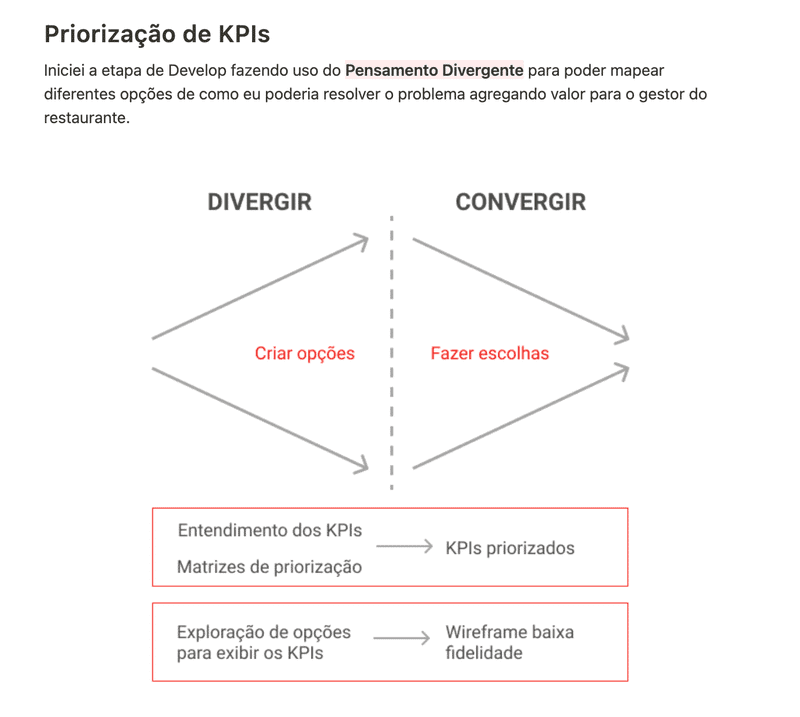
How has it been working as a UX Designer?
It's been a 100% learning experience! I'm diving into a lot of new things since it's just me and another intern in the UX department. I'm involved in a wide range of tasks, including accessibility testing, defining metrics, conducting user research, creating prototypes, and usability testing. It's a role that requires me to handle many different responsibilities.
However, it was a conscious decision on my part. I was well aware that this opportunity would be fast-paced and demanding.
Despite that, I enthusiastically accepted the offer because my primary goal was to maximize my learning experience and immerse myself in every aspect of the process. I could have opted for a position with fewer responsibilities in another company. Still, I deliberately chose to embrace this challenge as a remarkable opportunity for personal and professional growth, allowing me to acquire new knowledge and skills.
How long did it take from the time you started the MID program until you landed the job?
The entire process took approximately 1 year and a half. However, if we consider the time from when I established a study routine, it was about 1 year. In other words, I spent 1 year waking up early, focusing on my studies, and dedicating myself to the process.
What would you say to the past version of yourself, Murilo?
I would say that the main lesson I learned throughout this journey was the importance of consistency in studying. This is something I will carry with me in my professional, personal, and student life.
Consistency was the key differentiator in my study process. When I started studying with a routine and discipline, things began to happen in a much better way. Therefore, study with consistency, regardless of the time you have available, whether it's 2 hours or 15 minutes.
One week after recording this interview, Murilo received a new job offer and changed his employment!
Murilo, please tell us about the great news!
Right after we recorded the interview, I received a new job offer from another company, UOL. I accepted the opportunity, and I'm absolutely loving the work!
The scenario has completely changed. In my previous company, the UX team consisted of just me and one other person. Now, I'm working with a team of around 20 to 25 people.
UOL has a wide range of digital products, so we have the opportunity to work on various exciting projects. I'm really enjoying it!
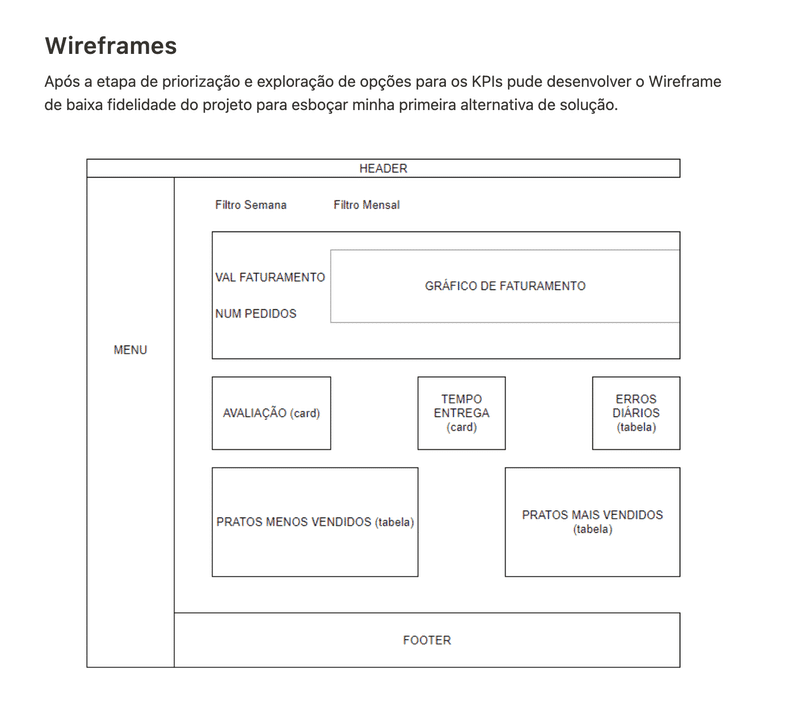
How has transitioning from a small team to a larger one been for you?
It's been quite a significant change, and I've noticed a big difference. In my previous company, I didn't have a design lead or a more experienced person to turn to when I had questions or doubts. On the other hand, it pushed me to figure things out on my own and motivated me to be proactive in learning.
Now, being part of a larger team, I have access to more experienced individuals who can provide guidance and support. It's great to have people to turn to when I need assistance or have questions.
Additionally, the pace and dynamics of work are different. In a larger company, certain processes can be more bureaucratic compared to a smaller company where you're constantly experimenting with new things. Things might take a bit longer here, but there are numerous learning opportunities available.
For example, we have a wide range of A/B tests that we can conduct, which was something I couldn't do in my previous company. Another example is having a dedicated UX Research person, which is fantastic.
All of these factors contribute to a rich learning experience.
Reading tip: Why Are Balanced Teams So Important To UX?
What do you think helped you secure two UX opportunities in such a short period of time?
For the position at UOL, there wasn't anything particularly different that I can point out. The job opening was actually shared within the Aela community by one of the mentors. I saw the opportunity, decided to apply, and it worked out.
However, one thing I noticed is that before I successfully transitioned into UX, no one was reaching out to me. It was always me actively seeking opportunities. But once I updated my job title and officially made the transition, I noticed that some recruiters started reaching out to me, companies began looking at my LinkedIn profile, and I started receiving job offers.
All of this started happening after I made the transition, and it continues to this day.
What has been your greatest learning?
I think my advice remains in line with what I mentioned earlier. It's important to manage anxiety, maintain a consistent study routine, and take things one step at a time. It can be challenging to manage anxiety, but it's something that needs to be worked on.
The key is to keep studying diligently. Eventually, things will start to progress and unfold. Someone will notice your work, and the industry will start seeing you differently. That's how it works.

What advice would you give to someone who also wants to work in a large company?
One thing I've noticed in large companies is that any proposed changes need to be well-argued and justified. You need to be able to answer the question, "Why are we going to change that?" Everything must be well-grounded and supported.
In this regard, what helped me a lot was the project work I did in the Aela program and my portfolio. In those cases, I made sure to provide strong evidence for my arguments, and that caught the attention of those who went through the selection process with me. They praised my projects and the justifications behind my decision-making.
In a large company, inevitably, you'll have to articulate and justify your decisions to convince directors, managers, and others. So, I believe that's my main tip—make sure your arguments and justifications are solid and well-presented.

